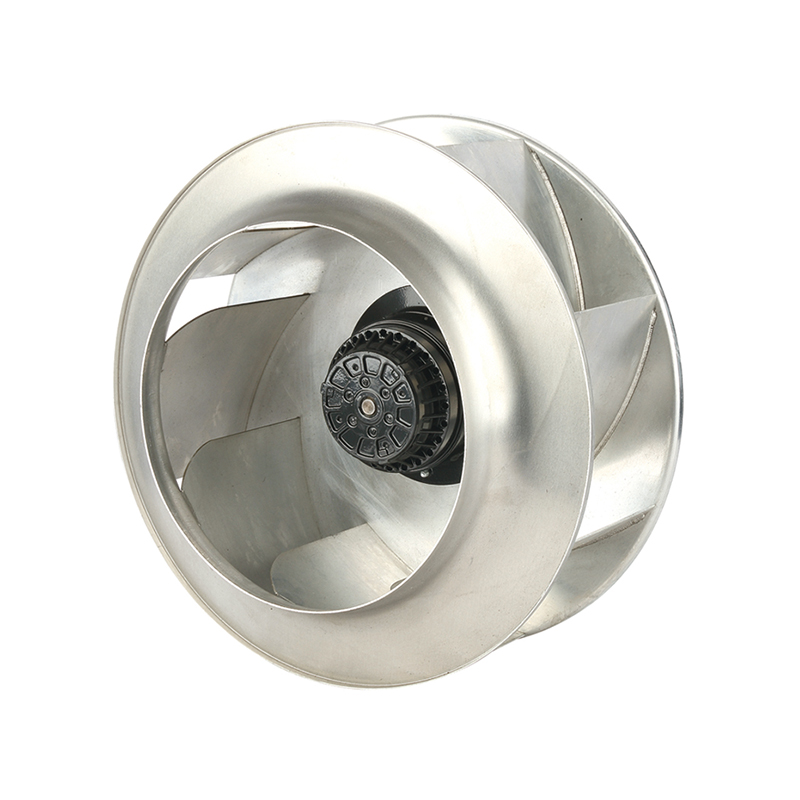Qinlang focuses on providing high-quality products and considerate services, and is committed to meeting every expectation of our customers.
The DKT-133 Cooling Ventilation Double Inlet Air Conditioning Fan is d...
See DetailsAmong the various configurations available, the backward curved impeller stands out for its exceptional ability to balance high performance with operational longevity. Whether in manufacturing facilities, cleanrooms, or data centers, the implementation of a backward curved impeller has become increasingly preferred due to its design advantages.
The fundamental feature of a backward curved impeller design is the orientation of the blades. In this design, the blades curve away from the direction of rotation, typically angled between 30 to 60 degrees. This unique structure significantly enhances the energy conversion process from mechanical input to airflow. One of notable benefits of this configuration is the improved static efficiency it provides. A backward curved impeller design typically achieves higher pressure generation with lower energy consumption compared to forward curved or radial blade designs.

Moreover, the backward curved impeller is particularly effective in systems requiring resistance to clogging or contamination. Because the blades are spaced in such a way that dust and debris are less likely to build up, the backward curved impeller is easier to maintain and continues to operate at peak performance over longer periods. This quality makes it ideal for applications in harsh environments, where maintenance access is limited or air cleanliness is compromised.
One of the standout applications of this design is found in the backward curved centrifugal fan impeller, which is widely used in medium to high-pressure systems. These fans are engineered to deliver powerful airflow against substantial static pressure. The backward curved centrifugal fan impeller ensures not just reliable performance but also enhanced operational stability due to its non-overloading power characteristics. This means that even if airflow is restricted or ductwork conditions change, the motor will not draw excessive power, thereby avoiding overheating or failure.
Another vital aspect where the backward curved impeller design excels is noise reduction. The design inherently produces less turbulence and minimizes flow separation, cause quieter operation. This makes the backward curved impeller a top choice in environments where low noise is a priority, such as hospitals, office buildings, or laboratories. The smoother airflow path through a backward curved centrifugal fan impeller contributes greatly to this acoustic advantage.
Durability is also a key strength of the backward curved impeller design. Due to reduced mechanical stress and better load distribution on the blades, the overall wear and tear on the fan is minimized. This contributes to extended fan lifespan and reduced need for replacements or costly repairs. In fact, many manufacturers emphasize the robust construction and high-grade materials used in their backward curved centrifugal fan impeller models as selling points directly tied to long-operational reliability.
Additionally, when incorporated into energy-efficient systems, a backward curved impeller supports sustainability goals. Since it operates more efficiently, it reduces energy consumption and aligns well with modern green building standards. The aerodynamic benefits of the backward curved impeller design play a direct role in minimizing environmental impact through lower carbon emissions.
In summary, the advantages of using a backward curved impeller, especially in the form of a backward curved centrifugal fan impeller, are substantial. From enhanced energy efficiency and quieter operation to reduced maintenance and extended longevity, the backward curved impeller design consistently proves to be a outstanding choice across a wide range of industries. When high performance and durability are essential, investing in a system that uses a backward curved impeller is not just wise—it's essential.